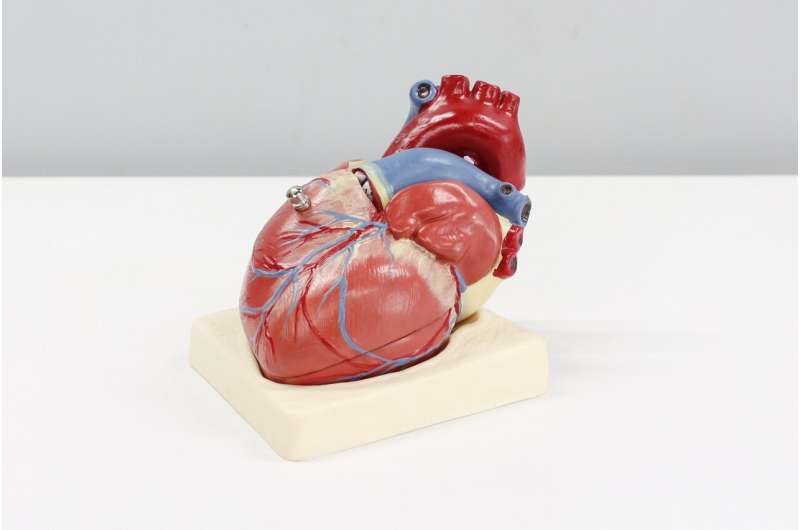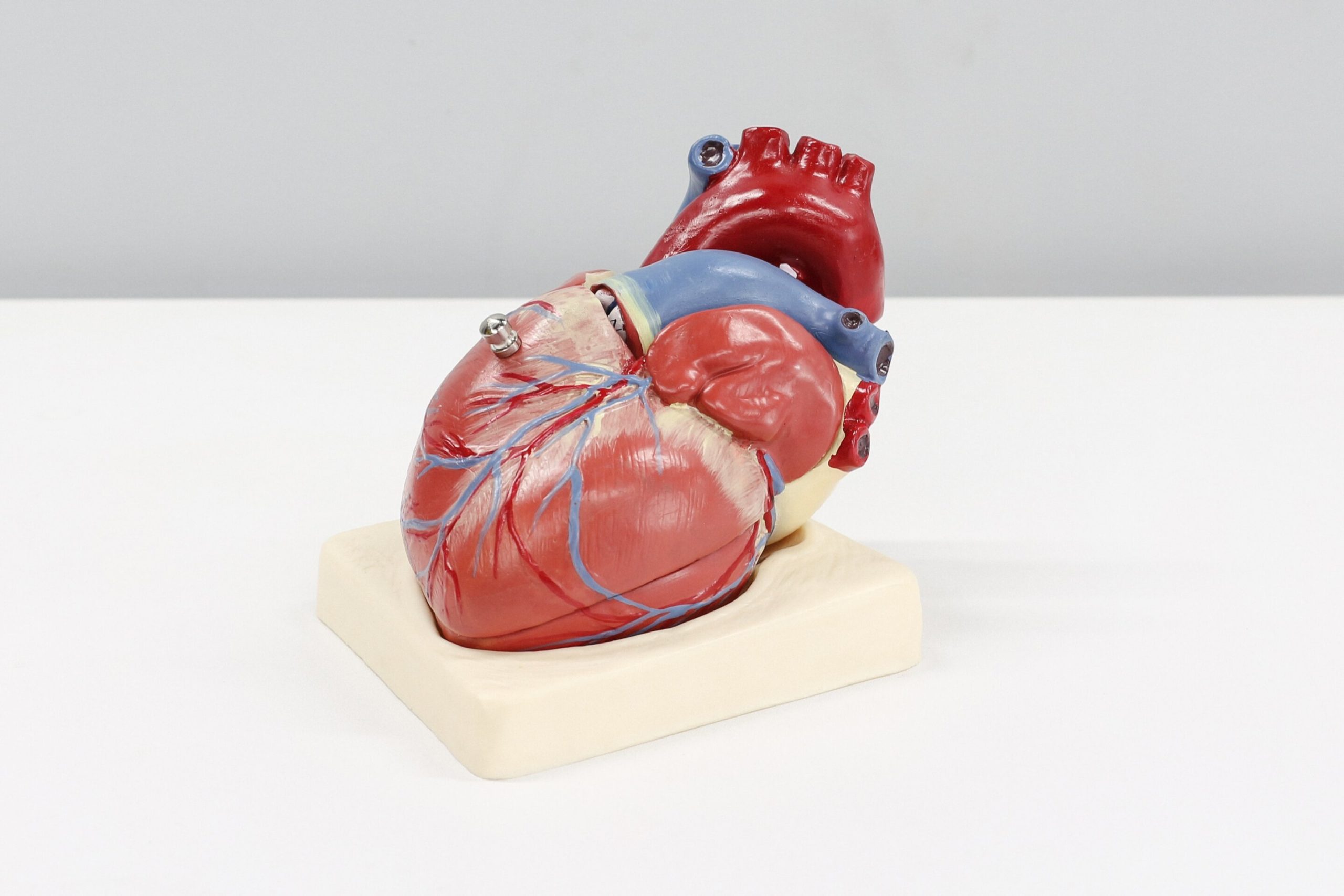
In patients with persistent atrial fibrillation (AF), standard treatment with pulmonary vein isolation (PVI) ablation resulted in similar outcomes to more extensive ablation in other areas of the heart. The results of the SUPPRESS-AF randomized controlled trial were presented Sept. 2 at this year’s ESC Congress 2024.
Performing additional catheter ablations targeting diseased myocardium along with the standard approach of pulmonary vein isolation (PVI) to treat persistent atrial fibrillation (AF) does not improve freedom from arrhythmias at one year.
However, in a subgroup of patients with left atrium enlargement, additional low voltage-area ablation reduced AF recurrence by 40%. The study suggests that routine ablation targeting diseased myocardium in addition to standard PVI ablation should only be performed in cases of advanced left atrial enlargement.
“In our multicenter trial, the addition of further ablation targeting low-voltage areas that trigger rhythm abnormalities did not reduce the recurrence of AF at one year in the overall cohort, but showed promising results in an important sub-group with advanced left atrial enlargement, which affects around half of patients with persistent AF,” said lead author Dr. Masaharu Masuda from Kansai Rosai Hospital, Hyogo, Japan.
He adds, “The results of this trial will likely change practice by shifting the focus to shorter and more effective pulmonary vein ablation alone without the addition of other ablation at the present time. Further research on more effective methods and patient selection to increase the effectiveness of additional ablations is expected.”
In AF, the electrical signals in the heart that regulate the pumping of blood from the upper chambers to the lower chambers are chaotic. This can cause blood in the upper chambers to pool and form blood clots that can travel to the brain and trigger an ischemic stroke.
When medications aren’t successful in treating the arrhythmia, catheter ablations are used to create scar tissue in the upper left atrium of the heart to prevent disruptive electrical signals, often from the pulmonary veins, from causing the abnormal rhythm.
During pulmonary vein isolation (PVI) ablation, catheters inserted into the heart deliver radiofrequency energy to destroy tissue on the veins that is causing AF.
However, the recurrence of AF after PVI remains high. In patients with persistent AF there is no established ablation strategy in addition to PVI. Nevertheless, low-voltage-area (LVA) ablation—in which areas with low bipolar voltage that trigger rhythm abnormalities are targeted—is widely performed even though its efficacy is unknown.
To find out more, the SUPPRESS-AF trial enrolled 1,347 patients with persistent AF undergoing their first ablation at eight cardiovascular centers in Japan. Of these, 343 (25.5%) patients (average age 74; 49% female) were found to have left atrial LVAs (that covered ≥ 5cm² of left atrial surface), and were randomized in a 1:1 ratio to receive conventional PVI alone (control; 171 patients) or with the addition of LVA ablation after PVI (170 patients).
After ablation, recurrence of arrhythmias was identified using 24-hour continuous ECG monitoring at six and 12 months after ablation, and twice-daily home ECG recordings for one year.
For the primary endpoint of recurrence of AF and atrial tachycardia (abnormal heart rhythm) without antiarrhythmic drugs at one year, there was no significant difference between the groups, with 61% of patients who had the additional LVA ablation and 50% of standard treatment patients recurrence free.
Similarly, freedom from AF/AT recurrence with antiarrhythmic drugs was not different between the two groups (63% LVA ablation vs. 55% standard).
However, in the subgroup of patients with left atrium enlargement (diameter ≥45 mm)—when one of the heart’s upper chambers (the left atrium) becomes larger than normal due to factors like high blood pressure or heart valve issues—low-voltage-area ablation reduced AF/AT recurrence by 40%.
There was no difference in the rate of serious complications such as stroke, which were very low in both groups (1.7% vs. 1.8%).
“Ablation targeting the diseased myocardium is widely performed, but our results show that routine addition to PVI is not recommended,” said Dr. Masuda. “This ablation should be performed only in cases of advanced atrial remodeling. An important next step will be to try to understand how this procedure can be improved for patients with the persistent type of AF.”
Citation:
Procedure targeting diseased heart muscle not effective in persistent atrial fibrillation patients, researchers find (2024, September 2)
retrieved 3 September 2024
from https://medicalxpress.com/news/2024-09-procedure-diseased-heart-muscle-effective.html
This document is subject to copyright. Apart from any fair dealing for the purpose of private study or research, no
part may be reproduced without the written permission. The content is provided for information purposes only.

